It's time once again to talk about some weird cards in the game of Yu-Gi-Oh. I've covered this topic twice before (which you can read here and here), and it's honestly just a really fun topic to talk about. This week, I've got another set of 7 strange cards to discuss, so let's go!
Transmission Gear
Transmission Gear is a card that requires an amount of interaction with the opposing player that isn't seen on other cards in the game. We've seen this on cards in previous installments of this series with Yu-Jo Friendship from the first one and Question from the second one. In the case of Transmission Gear, it creates a sorts of mini-game during the game by playing Rock-Paper-Scissors with them. Normally this is something that you'd do before the game and not during it.
This may appear to be another sort of "gamble" effect along the lines of tossing a coin or rolling a die, both of which are reasonably mainstreamed actions in the game. But Rock-Paper-Scissors isn't strictly a gamble effect in the sense that the game has a psychological component and if you're able to take advantage of it, you can win more often that one might expect. Coins or dice can similarly be "gamed" in order to get specific results more often, but this is usually not significant enough to be of any influencing factor, unlike Rock-Paper-Scissors.
The effect of playing this little mini-game is and of itself enough to make it into this article, but the weirdness doesn't actually even stop there. The card's flavor is also particular confusing. How exactly this game of Rock-Paper-Scissors connects to the racecar in the background and the machinery operating it that appears in the foreground is just about anybody's guess.
This card does reference the Geargiano archetype consisting of Monsters with a gear-like appearance that each have one of their hands in one of the three hand formations (and also appears as a mate in Master Duel which you can play the game with). In addition to that, this card is also much newer than all the other cards with this type of interaction with the opponent. This card came out in 2017, a whole 15 years after Yu-Jo Friendship.
Mischief of the Time Goddess
Mischief of the Time Goddess is an aptly-named card because mischief is exactly what this card brings to the table. The card has an effect to effectively take an extra Battle Phase if all monsters you control are Valkyrie monsters. Effects that skip turns are quite rare, but the particular way that this one works is very bizarre and creates a few questions.
This is specifically because of the way the card is phrased, as it specifically "skips to the Battle Phase of your next turn". On face value, this essentially just acts like a Weather Report to give you a second Battle Phase (and by extension, allowing your Monsters to attack again), but the specific way it skips to your next turn results in some additional note to keep track of. Since you're now on an entire new turn, your "once per turn" effects reset and can be used again, and any cards that you set face-down during your first turn can be activated during the second Battle Phase.
The effect specifically synergizes with the Valkyrie archetype. Its intended synergy seems to be to special summon multiple Monsters with Ride of the Valkyries to Special Summon multiple Valkyrie Monsters, attack with them, and then use this to get a second attack in while bypassing the negative effect to shuffle all Monsters you control into your deck (or any other maintenance cost for that matter). A fun way to go about it, and one can't deny exactly how weird of a way it goes about doing it.
Penguin Knight
From two newer cards to an older one, Penguin Knight is a card that's difficult to use and has a fairly unique effect, hence why it stands out so much. Penguin Knight has a Fiber Jar-like effect of essentially resetting your deck by putting all cards in your Graveyard into your deck and shuffling it, essentially giving you a fresh start of sorts. Unlike Fiber Jar though, it doesn't reset your board or your hand.
The way to activate this effect is that it must be sent directly from your deck to your Graveyard by an opponent's card effect. This activation requirement is not only bizarre, but also very impractical and is incredibly difficult to be able to use without sheer luck. Being able to use this effect with any sort of consistency would require you to not only know the position of the card in the deck, but also for your opponent to be using card effects that mill.
If you're playing against a dedicated mill deck, then this card could theoretically be quite useful as it will keep resetting your deck and as long as it keeps getting milled, this can theoretically happen indefinitely. Of course, you can also still draw into it. If you do that, you may also find yourself stuck as putting cards from your hand back into your deck isn't something that a lot of cards can do (and I don't suspect that you would want to play Yado Karu in case this happens).
Unfortunately, you don't really have many options if you really want to activate this effect, as Fiber Jar, which is significantly easier to activate and can also effectively restart the game from the very beginning, is Frobidden. Since it's a very old card, it also contains another strange aspect and that would be its choice of wording. Specifically as it "unites" your Graveyard and deck together, and this is the only card in the game to use the word "unite" in its textbox.
Inspector Boarder
Inspector Boarder is the newest card to appear in one of these articles so far, first seeing print in 2018. Many weird cards may be from the very early days of the game, but even today, Konami will still get a little bit too creative. In the case of Inspector Boarder, it has an effect that will most likely take multiple readthroughs to fully understand what it does (and if that's the case, then I honestly can't blame you). So what does it do?
It can't be Normal or Special Summoned while you control a Monster (although it can still be Normal Set, allowing you to Flip Summon it later), which in and of itself is an unusual effect but a pretty simple and easy one to get. It's what comes after it that's a bit difficult to wrap around, and not only does it require some pretty thorough reading to understand (something us TCG players hate, I know), but it also requires you to keep track of several things at once.
Its next effect is that while it's on the field, neither player can activate any monster effects unless the number of them they have activated this turn is less than the current number of monster card types that are currently on the field. It then goes on to specifically list Ritual, Fusion, Synchro, Xyz, Pendulum, and Link as the card types meaning that Normal and Effect Monsters don't seem to count towards the total, and any future card types introduced into the game also won't count unless the card receives an errata.
So basically, while the card is on board, each player has to specifically keep track of how many monster effects they've activated that turn in relation to how many different card types listed on the card effect exist on the field, and this effect actually affects each player separately as well during each turn. Maybe just bring some paper and write it down? The effect is a bit difficult to fully understand at first, but even when you do, you've still gotta put in some more effort than you normally would for most other cards in the game because of how much you have to keep in mind.
Linear Equation Cannon
Speaking of cards that require you to keep track of a bunch of information at one time, here's another. Just like Inspector Boarder, this card asks the player to do another thing that all of us hate: Math. The card asks you to perform a linear equation (hence the name) of "GY = (L * D) + C" for "D". In this case, GY refers to the number of cards in your Graveyard, L is the level of the chosen monster, D is the number you declared, and C is the number of cards your opponent currently controls.
The card then has a different effect depending on whether or not that number is exactly equal to the number of cards in your Graveyard. If the number is exactly the same as the number of cards in your Graveyard, you send that many cards from your deck to the Graveyard and then shuffle cards your opponent controls into the deck up to that number. Otherwise, you take damage equal to the number you declared x 500.
- You choose the number 3.
- The level of the Effect Monster you chose is level 4.
- Your opponent currently controls 5 cards.
- You have 15 cards in your Graveyard.
The equation in this case is "15 = (4 * 3) + 5", which is not correct (the correct number in this case is 17). As a result, the "if no" effect triggers and you lose 1500 Life Points.
The task itself is actually not that difficult, but it requires you to use much more brainpower than just about any card in the game and would also take quite a long time to activate because it requires you to work with several different numbers at a time and try to put them together in a way you wouldn't be expected to when you play a card game.
If you didn't know about this card's existence, and someone told you that there's a card in the game where you have to perform a linear equation to resolve the effect, then that would sound pretty crazy, wouldn't it? You would likely also have to count the exact number of cards in your Graveyard before you attempt to use this. The easiest way to use the effect appears to be to guess wrong on purpose to lower your Life Points to activate a card effect.
Mystical Refpanel
Mystical Refpanel has a fun effect that can hypothetically mess with your opponent in a really annoying way by bouncing their card effects back at them. The effect itself isn't really that weird in principal as it just redirects effects that apply to one player towards the other player instead, but the card itself has a lot of hidden nuances in it that aren't super obvious and instead you just sort of have to know that it works this way. You may end up needing to take a trip to the card's ruling page once or twice if you decide to try to use the card yourself.
The way the card is phrased plays into this slightly as it states that you can only activate it when a "Spell card that targets 1 player is activated". As Yu-Gi-Oh nomenclature gets a little bit weird at times, this wording can get in the way quite badly. Strictly speaking, there are very few card effects in the entire game that actually target a player by definition of what Yu-Gi-Oh normally considers to be "targeting" (one example is Mooyan Curry).
Whether or not a card actually "targets" a player by what this card considers to be targeting is a whole different story though and for all intents and purposes, it basically works on a card-by-card basis. For example, the card can be chained to a Sparks, but it cannot be chained to a Raigeki, and it's not immediately obvious that it would work this way.
Repear of the Cards/Castle of Dark Illusions
Reaper of the Cards and Castle of Dark Illusions both stand-in for a subset of Monster cards in the game, that being cards with either an ATK or DEF (or both, as is the case on these two cards) that isn't divisible by 50.
Other cards that share this trait include Sword Arm of Dragon, Dark Chimera, Barox, and King of Yamimakai, the latter 3 were used by PaniK in his duel against Yugi in the anime. If you thought this was exclusive to extremely old cards, then I'm afraid you'd be mistaken as Number S39: Utopia Prime also shares this trait and was first released in 2015. Perhaps it was a callback to those aforementioned weirdly-stated cards?
Why these two cards specifically are used to represent this category of Monsters is because they're the most notable of the bunch and are also the only ones that actually have effects (other than S39) and are therefore the most appealing candidates to choose. The actual effects of the cards themselves aren't particularly weird (although the effect of Castle of Dark Illusions specifically counting 4 Standby Phases is slightly unusual), but their weird stats have helped cement their place into the history of the game and the minds of many players.
When looking at these cards though, one must wonder why exactly they have the weird stats that they have. Did they just really want maximum authenticity on the physical cards? This predictably does create some weird Life Point totals from time to time. Imagine how weird (and slightly frustrating to some) it would be to have a wack number like 2770 as your Life Points (which can be halved into an even crazier number of 1335).
This will conclude our third installment of looking at the weirdest Yu-Gi-Oh cards. Do let me know what you think of this series overall, and let us know about what other wacky cards you want to see.
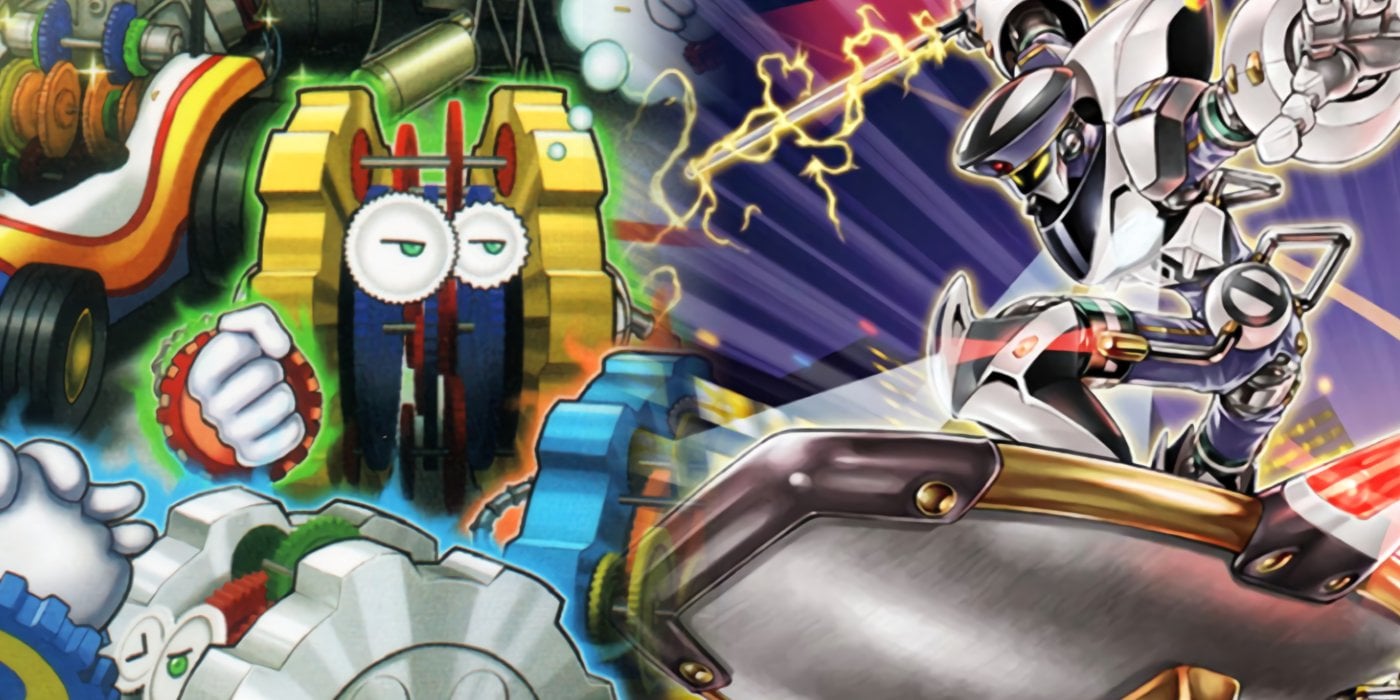
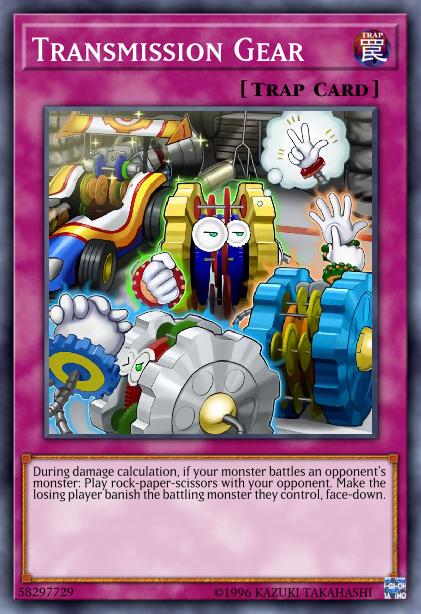
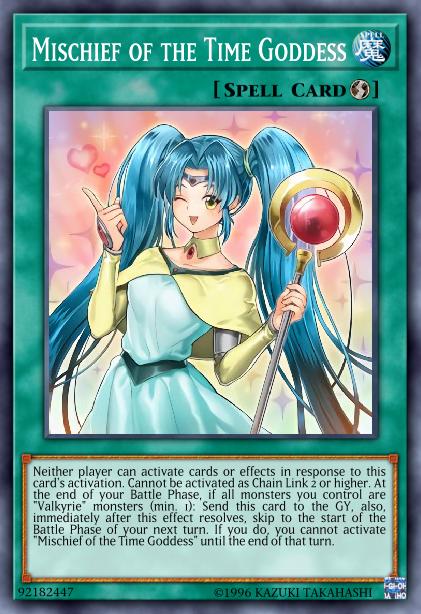
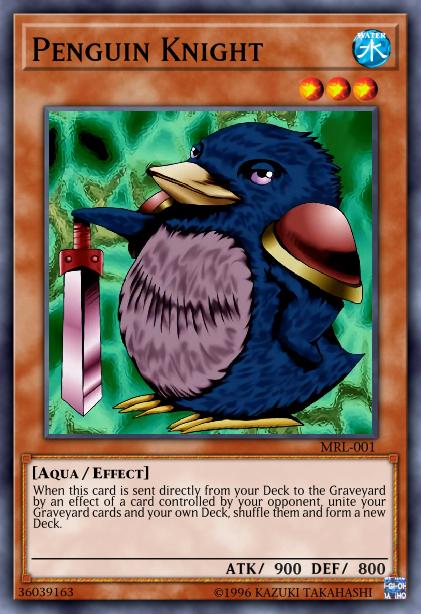
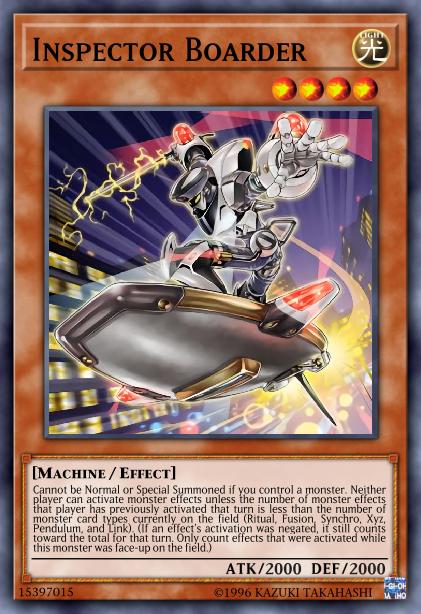
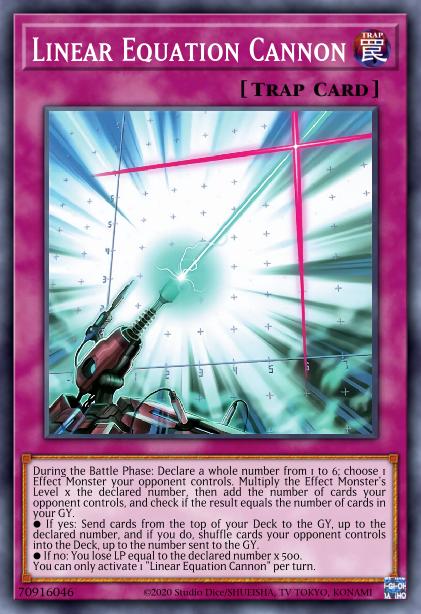
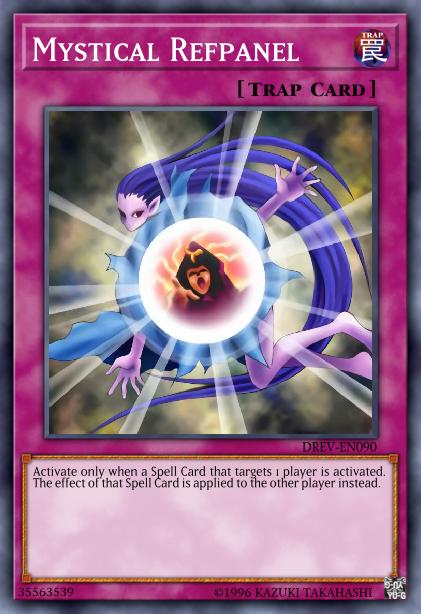
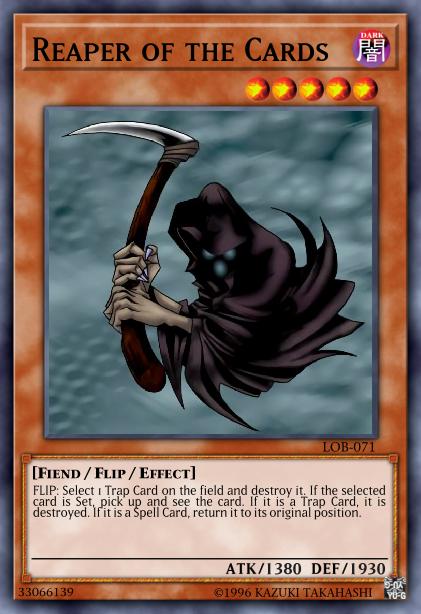
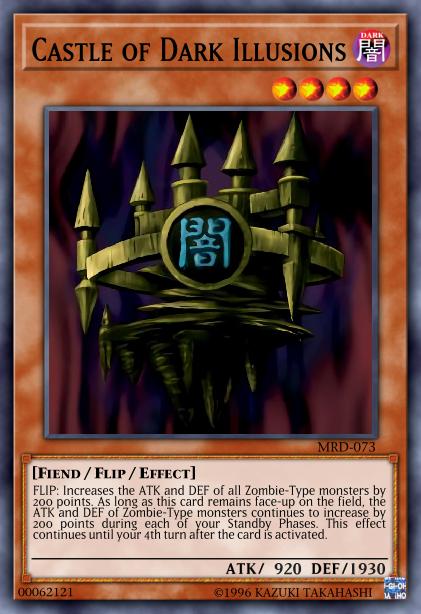
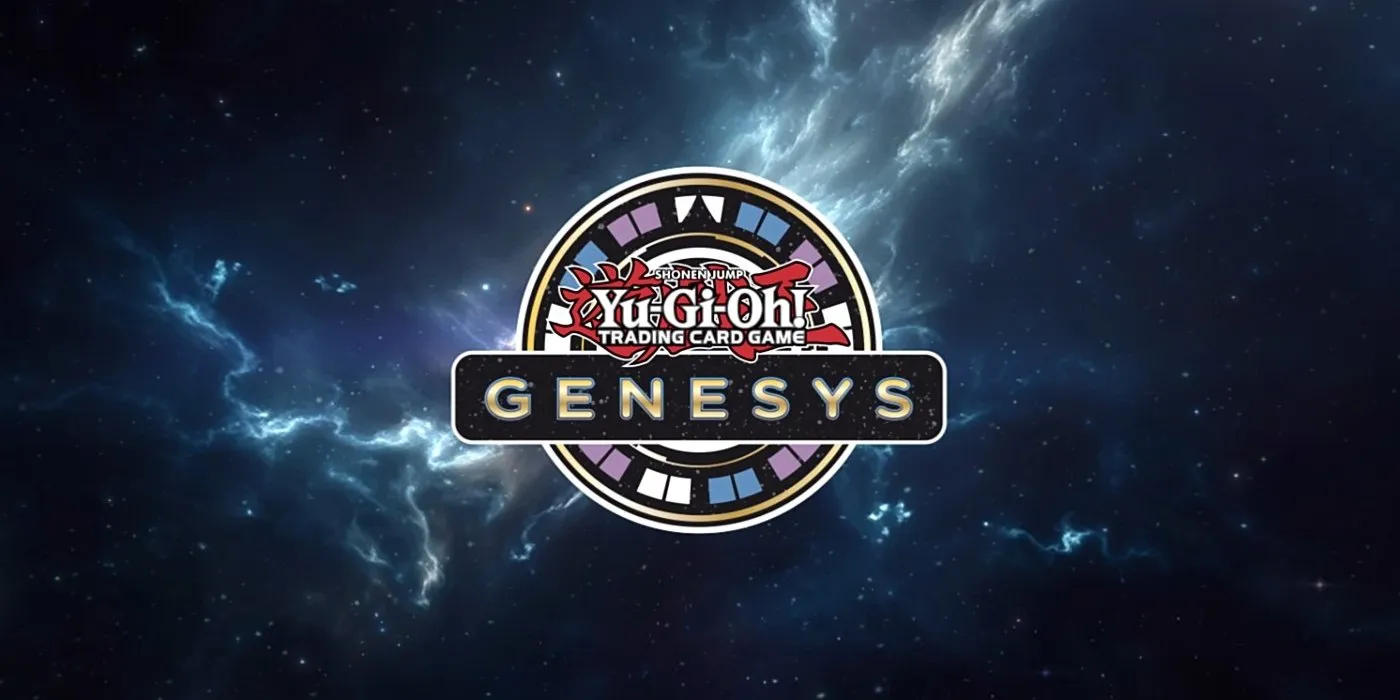
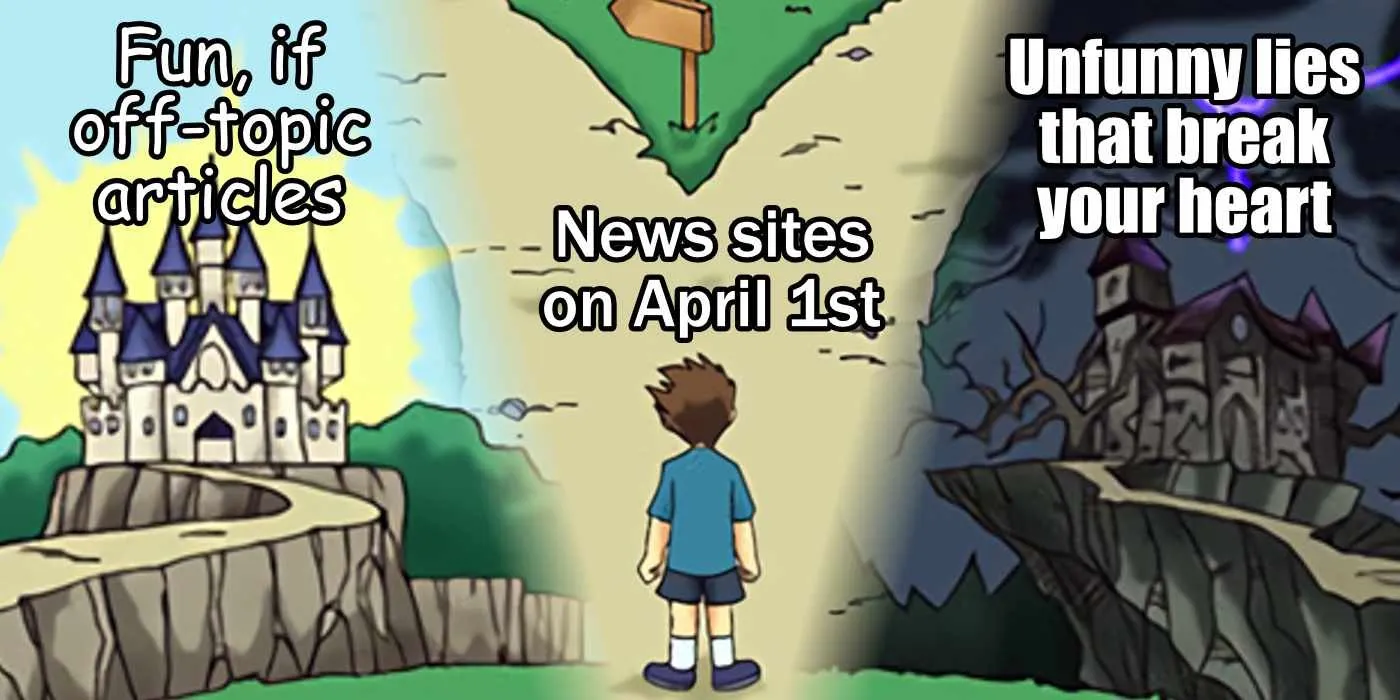
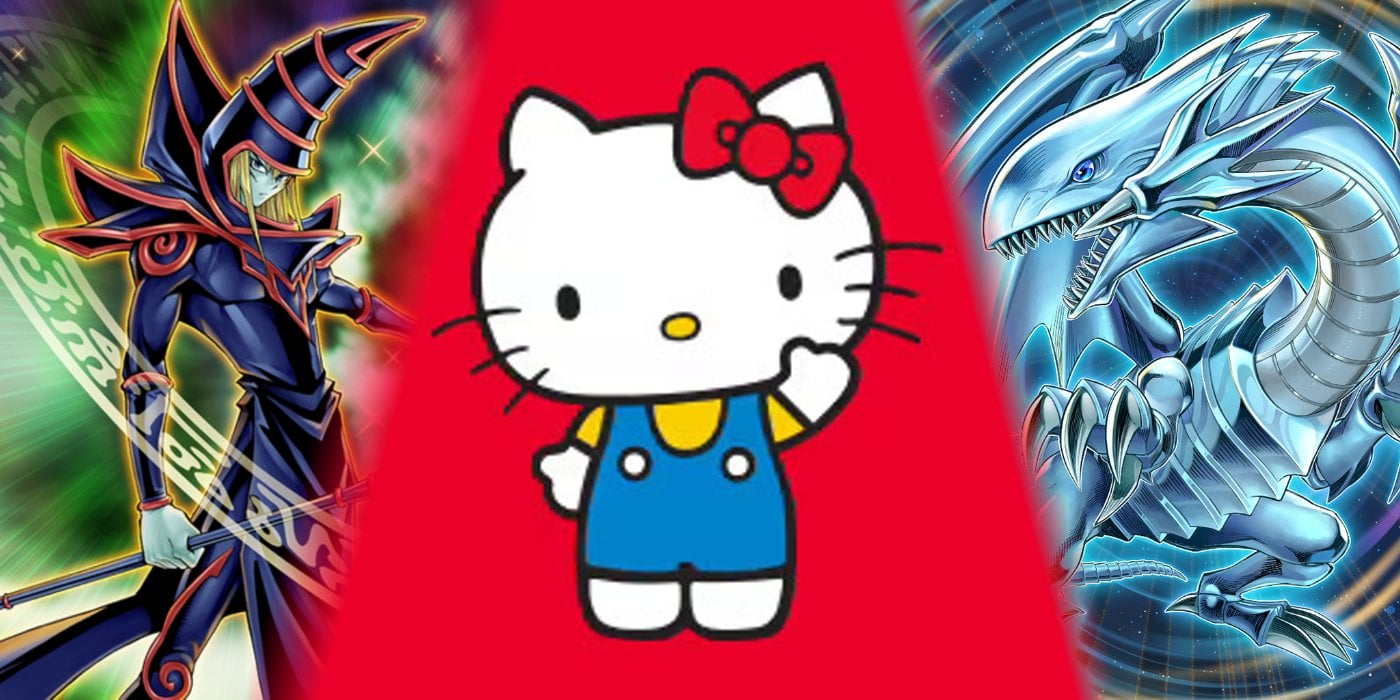
Comments
If I'm not mistaken, all of the super-old cards that have weird stats are because in the manga, pre-dating the actual game, those cards had weird stats because of some card effect. Then when the actual game was made, they just copy+pasted the stats as they were listed. Don't quote me on that, but I think I remember reading that somewhere.